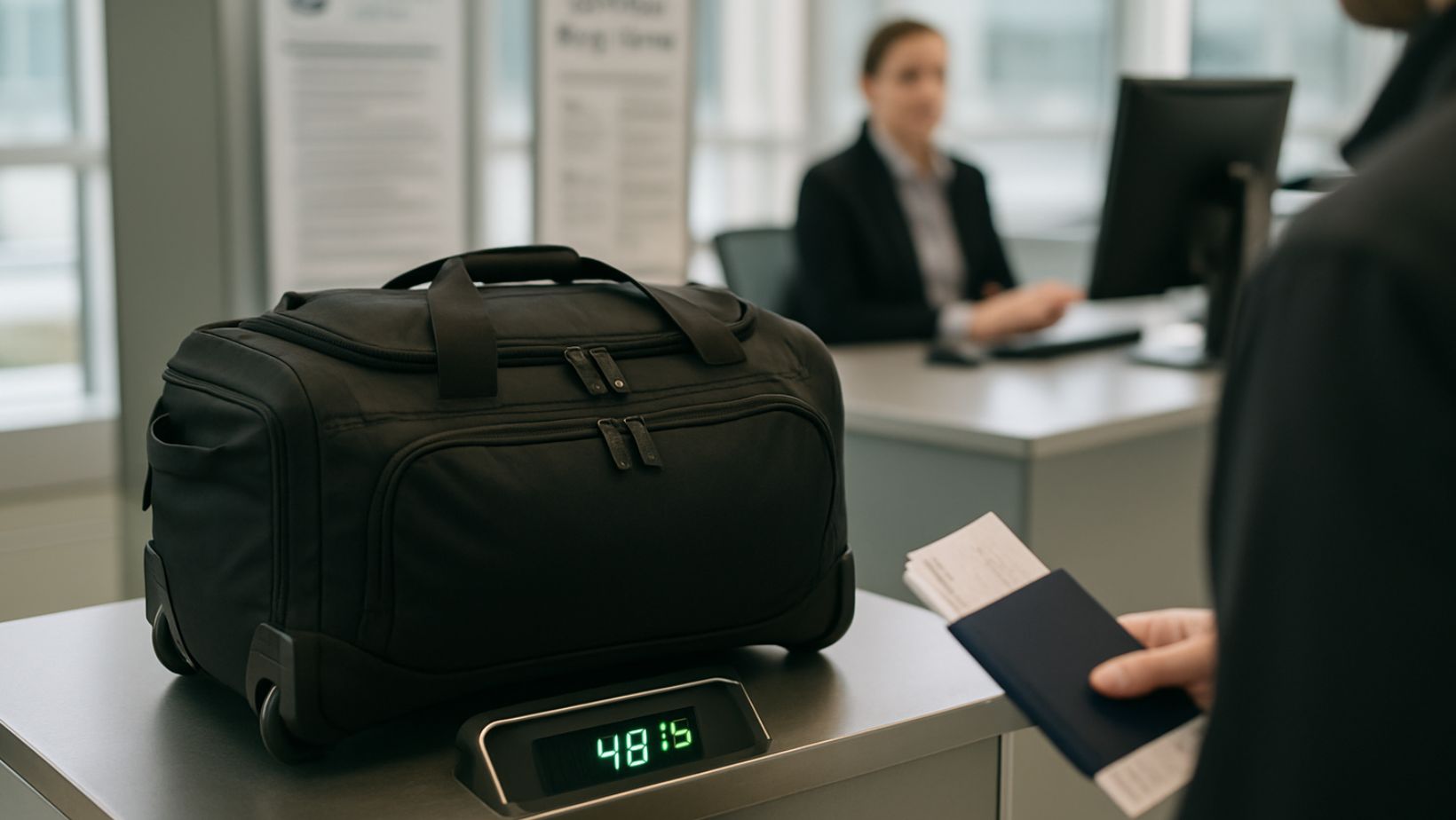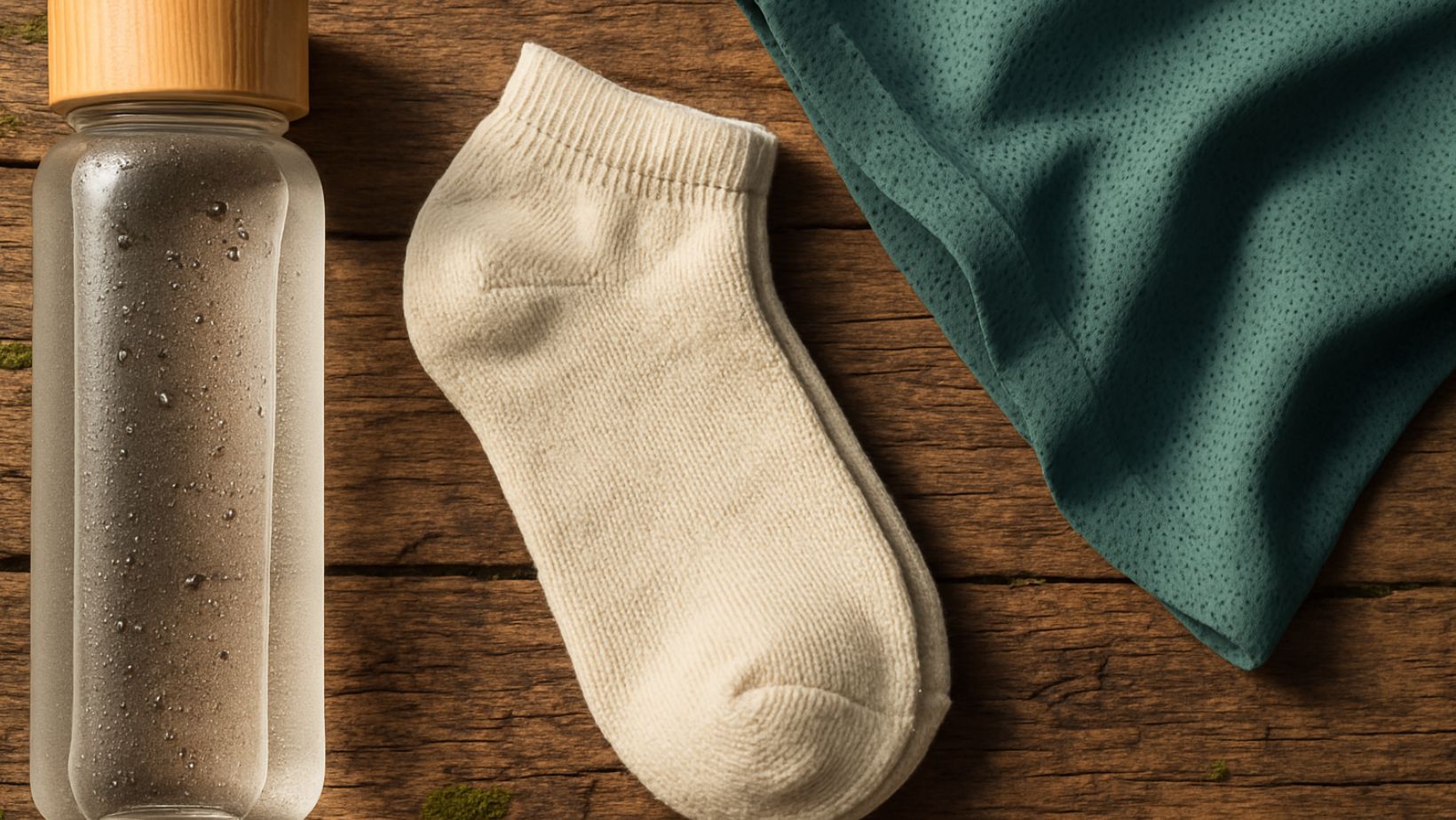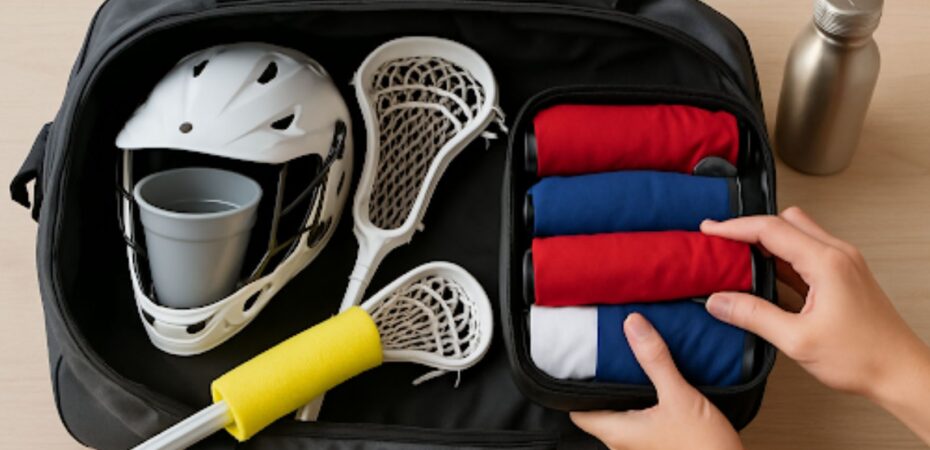Imagine reaching your tournament destination only to find wrinkled jerseys, a cracked water bottle, and a dent in your helmet. A few clever packing tweaks and the right materials can keep your custom equipment pristine, helping maintain team spirit from check-in to the final whistle.
Before you even think about packing, audit what you genuinely need. A strategic approach saves space and prevents unnecessary weight.
Your needs will change depending on the trip, whether you’re playing in a single stadium or hopping between cities with mixed climates.
- Prioritize multi-use pieces: Reversible jerseys, quick-dry warm-ups that double as casual wear, and fold-flat cones are invaluable for versatile travel.
- Lean on resilient fabrics: Choose gear made from durable materials like rip-stop nylon. For hydration, double-walled stainless steel bottles withstand the rigors of travel far better than plastic.
To streamline, use a simple checklist to decide what stays and what goes. Leave behind spare balls and duplicate socks, but always pack your game-day uniform, essential compression sleeves, and a universal plug adaptor.
The audit also includes ensuring the team has high-quality kits. Investing in durable, well-designed custom jerseys from Sports Gear Swag can make a difference, as resilient fabrics hold up better during travel.
| Key Insight: The best travel gear strategy isn’t just about what you pack, but what you strategically leave behind. A focused audit saves weight, space, and pre-game stress. |
Bag Types for Sports Travellers
| Bag Style | Ideal For | Durability Score | Airline-Friendliness | Extra Pockets | Notes |
|---|---|---|---|---|---|
| Wheeled Gear Duffel | Bulky helmets/sticks | 9/10 | Check-in only | Wet/dry compartment | Ballistic poly shell |
| 45-Litre Daypack | Light weekend play | 8/10 | Carry-on compliant | Laptop sleeve | Rip-stop nylon |
| Drawstring Sack | Quick sideline access | 6/10 | Personal item | None | Non-woven polypropylene |
Packing Strategy: Hard vs Soft Gear
Protective Shells & Odd Shapes
Protecting your rugged gear is non-negotiable, as damaged equipment can be ineffective or dangerous. Exercise equipment accounted for an estimated 482,886 injuries, highlighting the importance of keeping gear in top condition.
For helmets, use a dedicated helmet bag or soft cover to protect the outer surface from scratches and dust. Store helmets in a cool, dry place away from direct sunlight and extreme temperatures to maintain their integrity.
To help maintain their shape and prevent crushing damage, store helmets on a helmet rack, hook, or shelf designed for helmets rather than stacking them or placing heavy objects inside.
Compressible Items (Jerseys, Towels, Blankets)
Roll instead of folding to maximize space and keep fabrics pristine. Place rolled items into compression cubes to squeeze out excess air. Tuck a few silica packets between layers to manage moisture during long layovers or in humid climates.
Hydration & Nutrition Kit
A leaky water bottle can ruin an entire bag of gear. To create a leak-proof seal, unscrew the lid, place a small piece of cling film over the mouth of the bottle, and re-cap tightly. For easy access to fuel, pack energy gels inside a spare shin-guard sleeve so they stay upright and are easy to find when you need them.
| Pro Tip: To create a perfect leak-proof seal on any water bottle, place cling film over the opening before screwing on the cap. This will protect your entire kit. |
Navigating TSA & Airline Rules

Avoid surprises at the airport by knowing the rules before you go. With airlines reporting a mishandled baggage rate of 0.75%, securing your gear properly is more important than ever.
- Most US carriers cap checked bags at 62 linear inches (length + width + height). Long items like hockey sticks often exceed this, so call the airline to confirm their policy.
- The TSA requires items like bats and sticks to be in checked luggage. These items are not permitted in carry-on bags. Bookmark the official TSA sports equipment page for quick reference.
- Oversized-gear fees often apply to bags weighing over 50 lbs. A portable luggage scale can help you avoid costly fees at check-in.
| Warning/Important: Don’t be surprised by costly fees at check-in. Always confirm your airline’s specific policy for oversized sports gear and weigh your bags before heading to the airport. |
In-Transit Care Hacks
Keep your gear and your body in top condition during the journey.
- For a mid-flight jersey freshen-up, fold the garment around a thin plastic board to keep it flat, spritz it lightly with a travel-size fabric spray, and let it air-dry.
- Power banks and noise-cancelling headphones are crucial for recovery. Store them in the top pocket of your carry-on for easy removal at security checkpoints.
- A compact umbrella or poncho can serve double duty as a rain guard and a clean groundsheet for the sideline.
On-Site Maintenance Across Climates
Humid Tropics
Moisture management is key in humid destinations. Set up a portable quick-dry rack in your room to air out gear, and wipe down shoes with an anti-fungal spray after each use.
Cold Venues
Stay warm and ready on the bench by sliding a fleece blanket under your warm-up jacket. Swap damp base layers for fresh ones at halftime to help regulate your body temperature and stay comfortable.
Universal Routine
A simple routine works for synthetic uniforms in any climate. Rinse them in cold water with mild soap and hang them to dry, which prevents odors and extends the fabric’s life.
| Key Insight: No matter the climate, the golden rule for gear care on the road is simple: rinse synthetics in cold water and hang them to dry promptly. |
Small Spirit Items & Gifts
Pack a few small spirit items, such as team keychains or mini-mascots, in your carry-on. These are great ice-breakers with event volunteers and new teammates you meet abroad. A small gesture of cultural courtesy, such as a city pin from your hometown, can go a long way.
Sustainable & Eco-Forward Choices

Make your team travel a bit greener with a few thoughtful choices.
- Opt for gear made from sustainable materials, such as recycled polyester uniforms, bamboo-fiber socks, and BPA-free water bottles.
- If placing a bulk team order, consider shipping via ocean freight and purchasing carbon offsets to reduce the environmental impact.
Quick-Reference Checklist
Keep this simple checklist handy to ensure you’ve covered all your bases before you leave:
- Gear Audit
- Regulation Check
- Pack & Protect
- In-Transit Musts
- Eco Bonus Points
Keep Your Team Spirit Flying High
With a lean kit bag, protected equipment, and a climate-ready care routine, you’ll arrive focused on play, not fixing crushed helmets. A little preparation ensures your gear and your team spirit land in perfect condition and are ready for kickoff.







